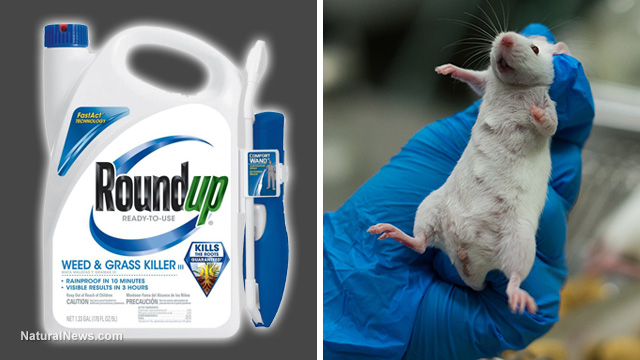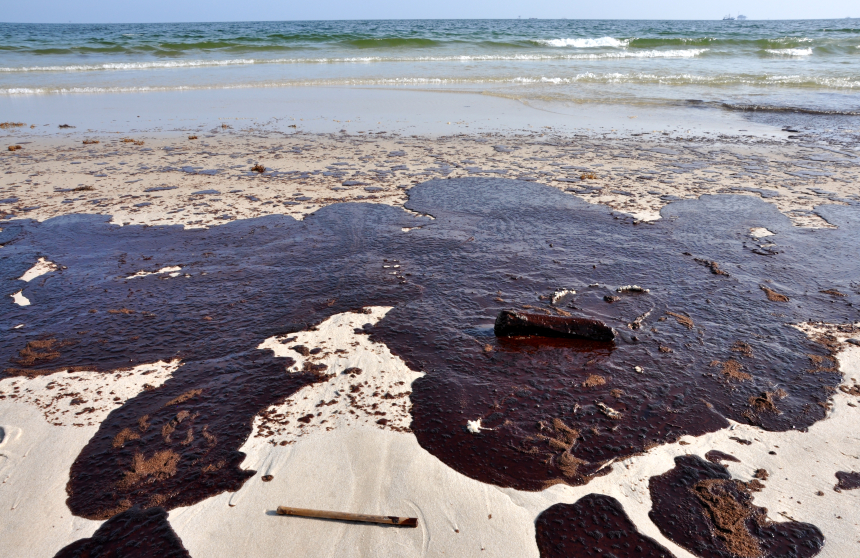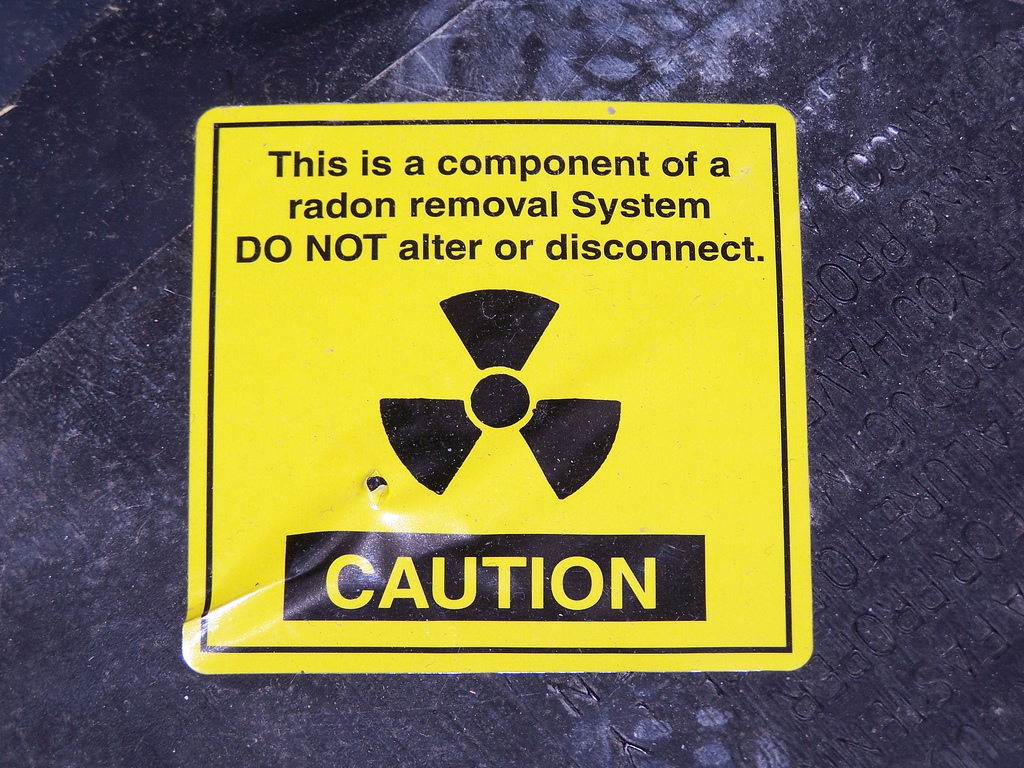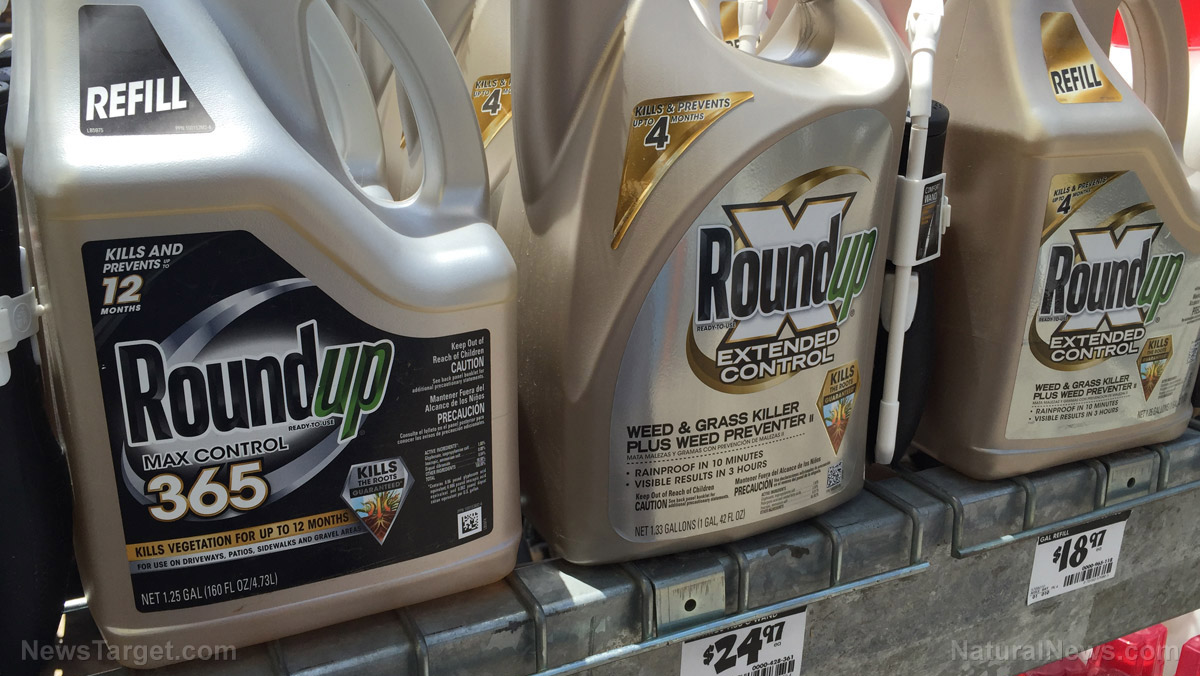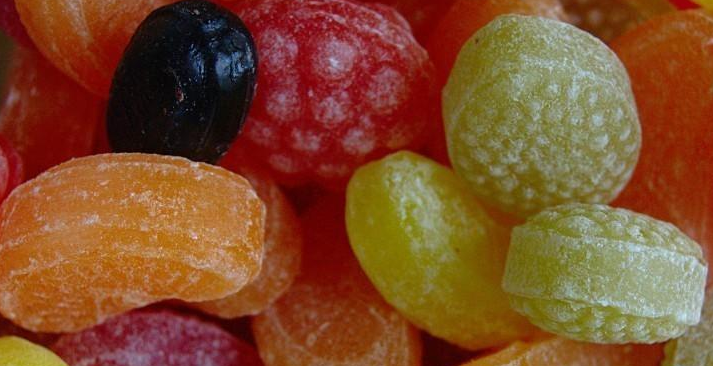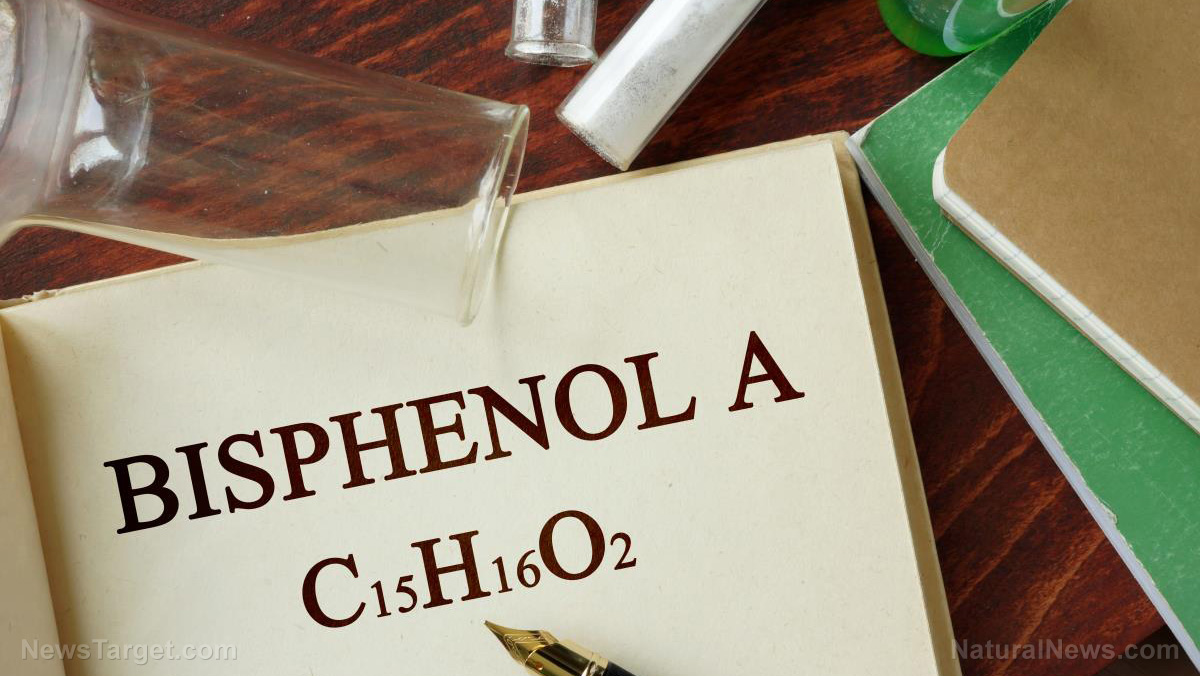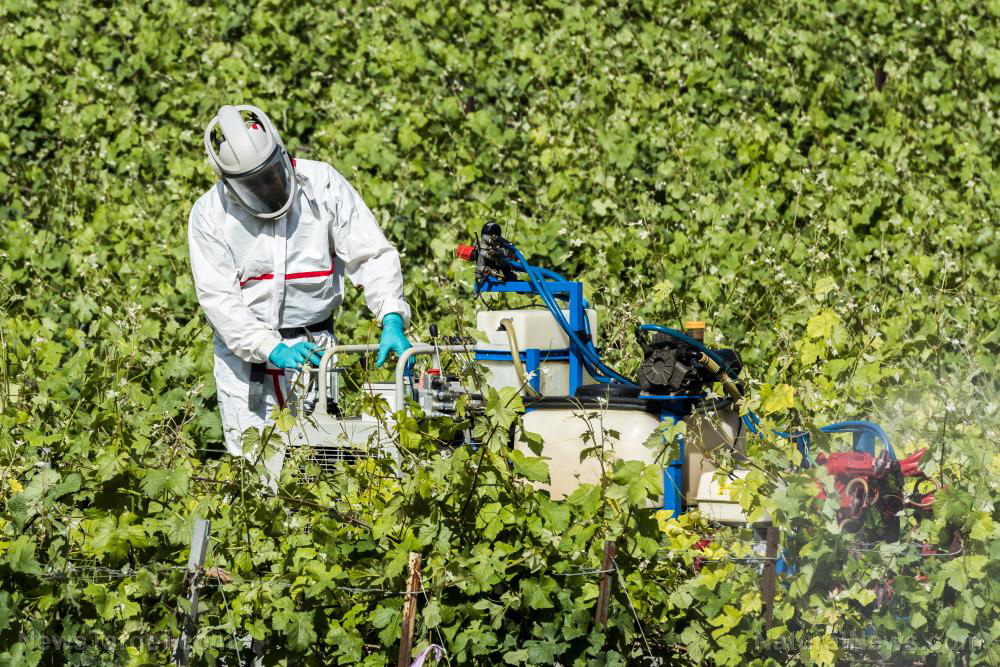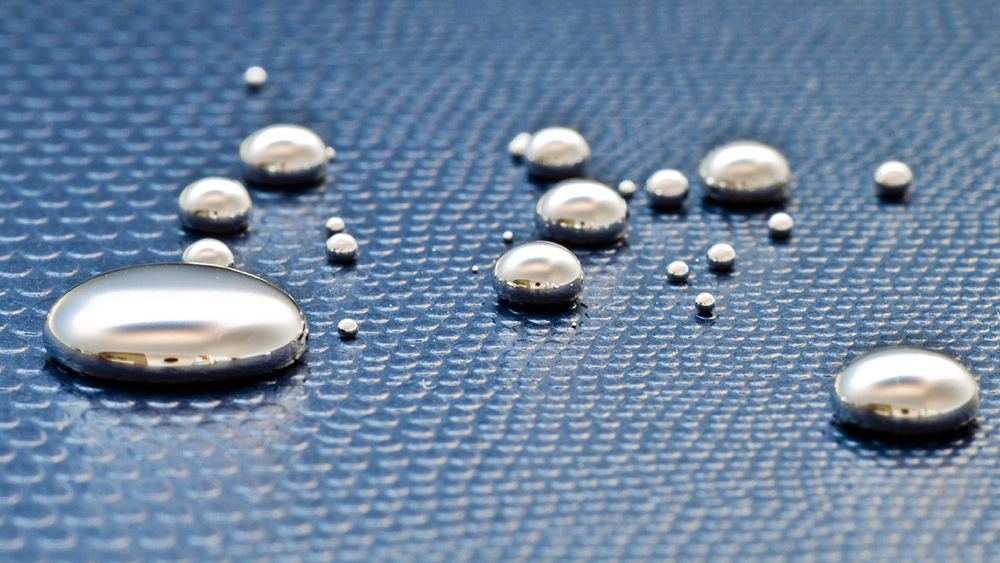Air fresheners are filling cars with toxic air
04/04/2019 / By Daniel Barker

That air freshener dangling from your rear-view mirror may be slowly poisoning you and your family with a combination of dangerous toxins, including carcinogens and hormone disruptors.
Although most car air fresheners do not provide a list of ingredients on their packaging, nearly all contain Volatile Organic Compounds (VOCs). VOCs are organic compounds that easily convert into gas or vapors.
“Volatile organic compounds are released from burning fuel, such as gasoline, wood, coal, or natural gas. They are also emitted from oil and gas fields and diesel exhaust. They are also released from solvents, paints, glues, and other products … .
“[VOCs] are commonly used in paint thinners, lacquer thinners, moth repellents, air fresheners, hobby supplies, wood preservatives, aerosol sprays, degreasers, automotive products, and dry cleaning fluids.”
Although some VOCs are considered to be relatively harmless, others can cause serious negative effects on human health.
Green Med Info advisory board member and holistic medical expert, Dr. Kelly Brogan, notes that within our burgeoning shared-ride economy, drivers for companies like Uber are more likely than not to have an air freshener in the car.
Like many people (this writer included), Dr. Brogan is highly sensitive to the chemicals used in air fresheners – some of the more common reactions include coughing, itchiness and headaches.
After a recent noxious NYC Uber ride, she decided to try to find out just what was in the Febreze Car Vent Clips often used by Uber drivers.
It took some digging, but her research uncovered a 19-page list of ominous-sounding chemicals used in the air freshener formulas.
Brogan wrote:
“There are too many unpronounceable chemicals to investigate one-by-one. But we can probably agree that the sheer number of synthetic chemicals potentially found in air fresheners is scary. …
“A large study that analyzed 74 popular air fresheners (2) found that they contain over 350 chemical and allergenic VOCs. VOCs found in air fresheners include benzene, formaldehyde, styrene, and phthalates.”
Benzene is classified as a known carcinogen that causes DNA damage and human cell mutations. Formaldehyde is also a human carcinogen – both it and benzene have been linked to leukemia.
Styrene exposure causes short-term effects such as nausea and allergic reactions, but long-term exposure to styrene has been observed to cause central nervous system damage. Studies have also shown that styrene workers have a higher mortality rate and increased incidence of cancers like lymphoma and leukemia.
Many air fresheners contain phthalates – even some of those labeled “all-natural” or “unscented.”
Phthalates are chemicals used in air fresheners to disperse fragrances. Although they have been banned for use in toys due to their hormone-disrupting potential, many other products still contain them.
Phthalates are known to cause a number of short-term negative health effects, including exacerbating allergy symptoms, especially for those who suffer from eczema and asthma. One study suggested that exposure to phthalates can lead to impaired lung function.
Other studies have shown that phthalate exposure damaged DNA in the sperm cells of men and caused fertility and pregnancy problems in females, including preeclampsia and spontaneous abortion.
The bottom line is that the VOCs in air fresheners cause a number of health problems, both short- and long-term, and some of them can kill you.
Considering that cars (especially newer vehicles) are confined environments already notorious for emitting dangerous amounts of VOCs – that “new car smell” is actually a bouquet of toxic VOC chemicals – it’s really not a good idea to add even more to the mix.
Sources include:
Tagged Under: car air fresheners, Hormone disruptors, poison, toxic chemicals, toxins, VOCs, volatile organic compounds

